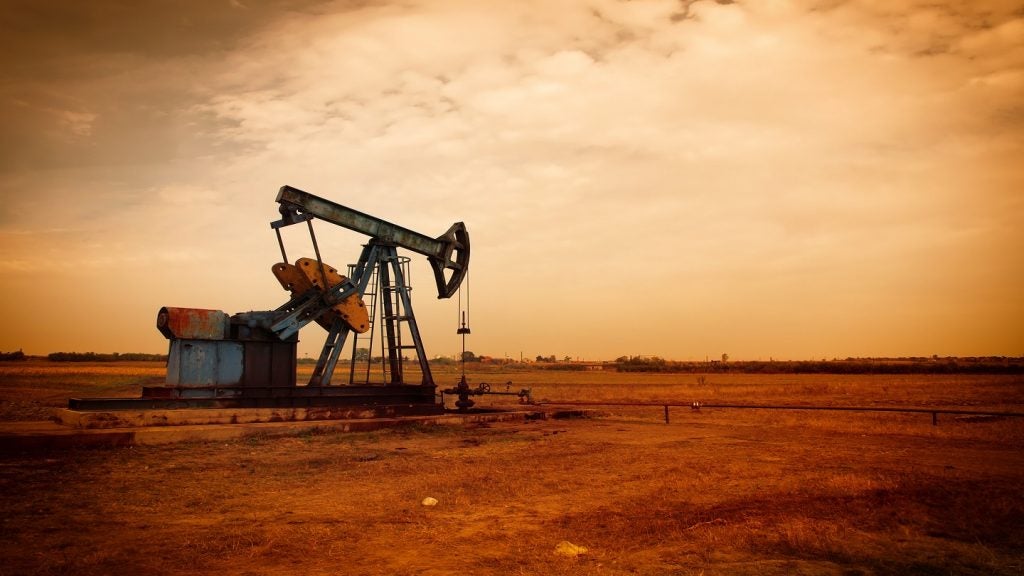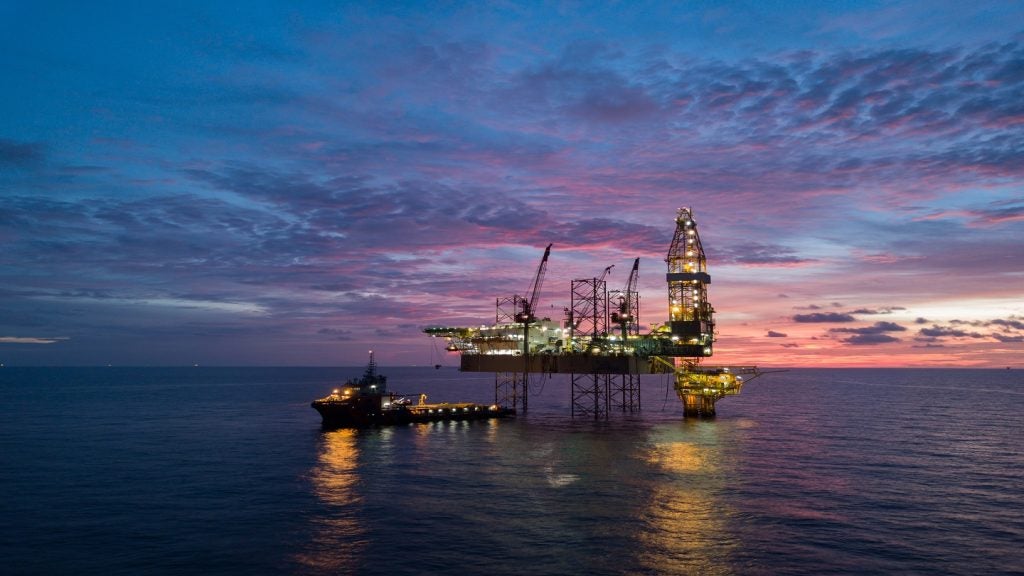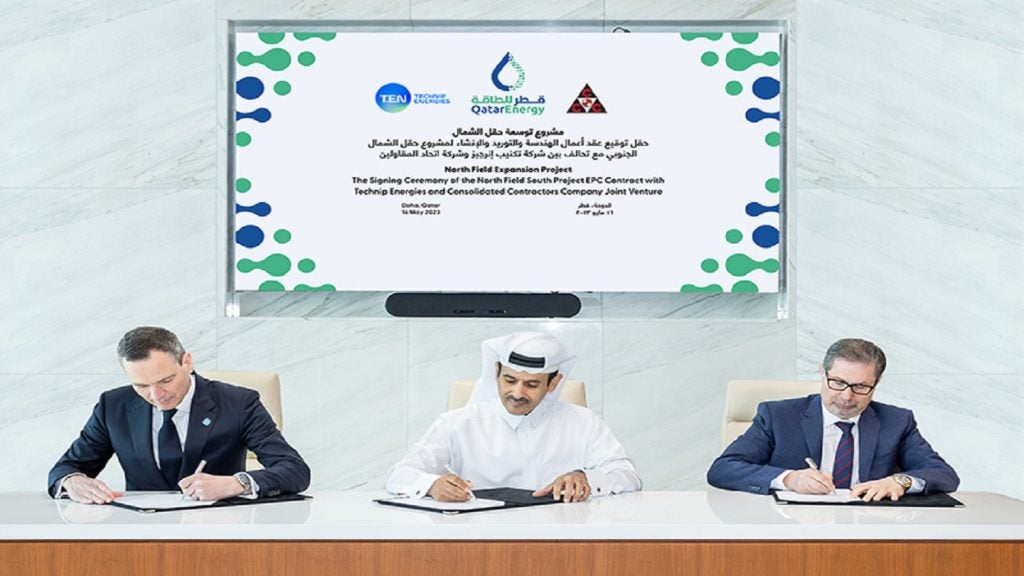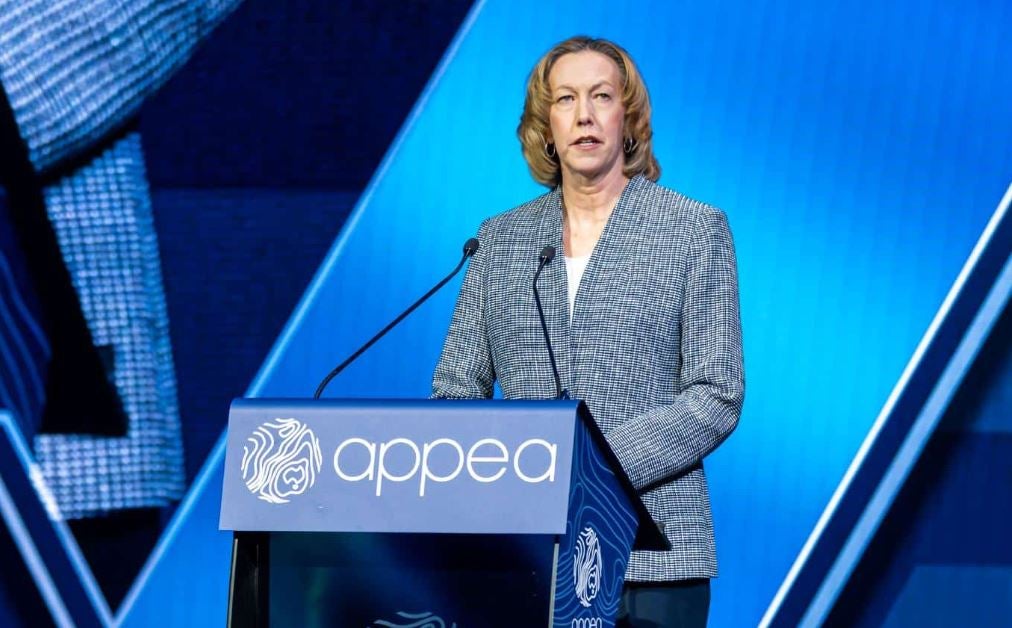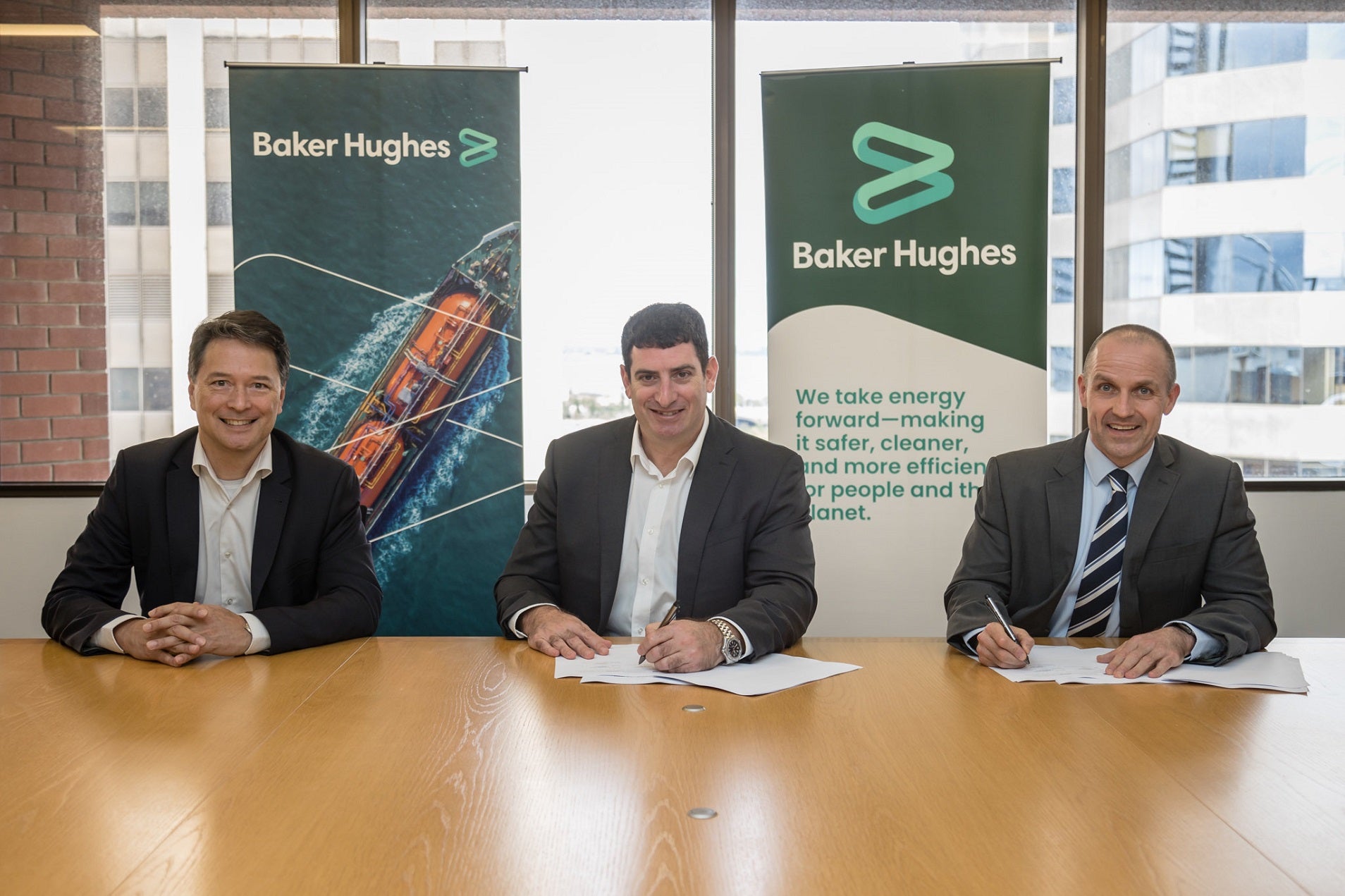
Chevron Australia has awarded Baker Hughes a contract to deliver subsea compression manifold technology for the $4bn Jansz-Io Compression (J-IC) Project offshore Western Australia.
Under the contract, the US-based oil field services will utilise Subsea Connect early engagement approach to provide subsea compression manifold structure (SCMS), including module and foundation, for the J-IC Project.
The contract also includes the latest optimised version of its horizontal clamp connector system and subsea controls for the manifold structure.
Baker Hughes Asia Pacific vice-president Graham Gillies said: “We continue to transform the core of our subsea business by delivering reliable life-of-field solutions designed to drive efficiency and productivity.
“Our Subsea Connect business model has enabled early engagement, allowing us to combine the best of our technology with engineering and project management localisation.”
Located in water depths of approximately 1,400m, the Jansz-Io compression project is intended to exploit the low-pressure reserves from the Jansz-Io field.
The project also aims to sustain plateau production rates for the Gorgon project facilities located on Barrow Island (BWI).
The Jansz-Io is located nearly 70km north-west of the Gorgon gas field and 220km off the coast of Western Australia in the north-west direction.
These two fields form part of the larger Gorgon Project, which also involves onshore elements, including a three-train LNG plant, a domestic gas plant, CO₂ removal and compression facilities.
The Gorgon natural gas facility is a joint venture between the Australian subsidiaries of Chevron (47.3%), ExxonMobil (25%), Shell (25%), Osaka Gas (1.25%), Tokyo Gas (1%) and JERA (0.417%).
Earlier, Baker Hughes provided 23 subsea trees, 12 subsea manifolds, 45 subsea structures and a subsea production control system for the Chevron-operated Gorgon natural gas facility.
Last month, Aker Solutions was selected to offer subsea compression technology for the J-IC project.


